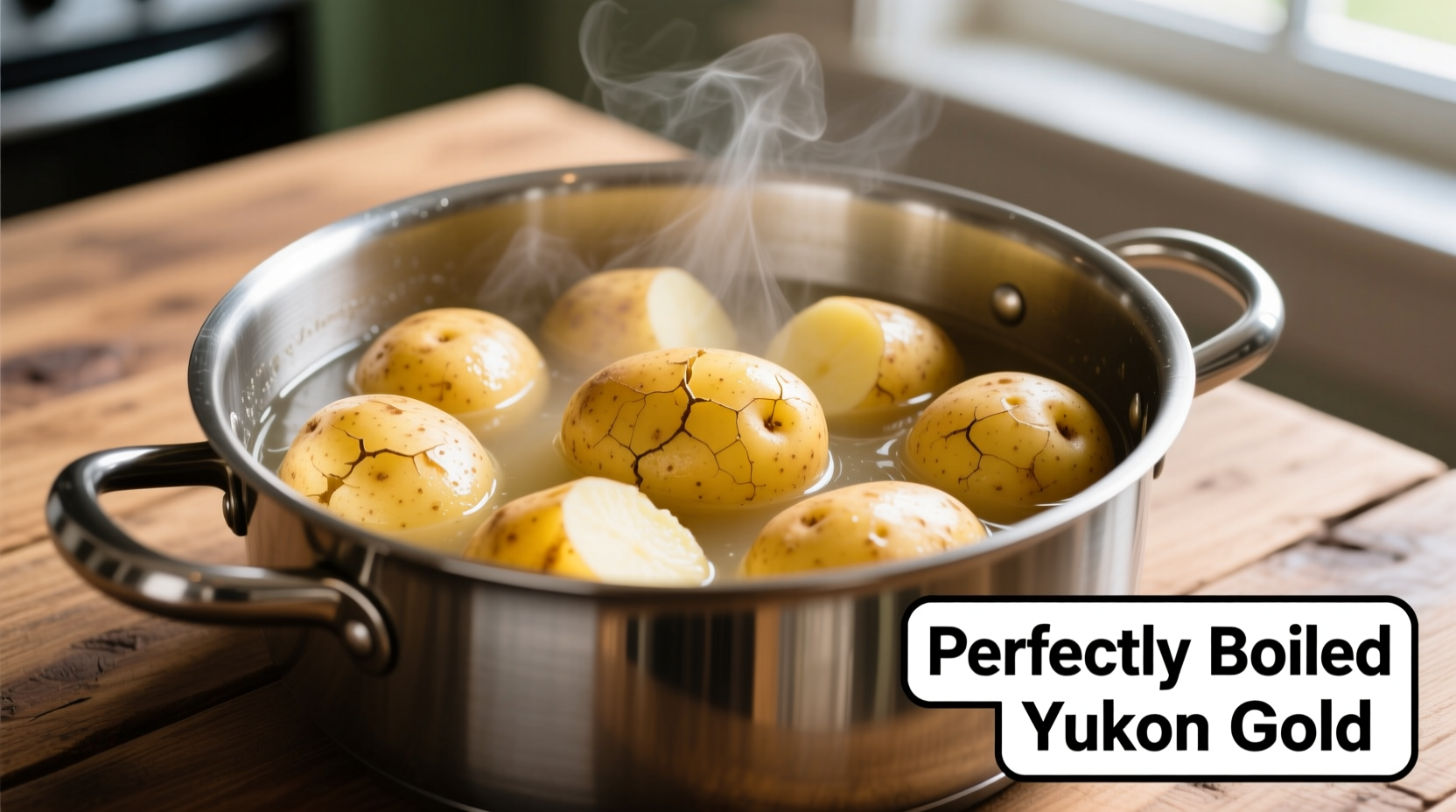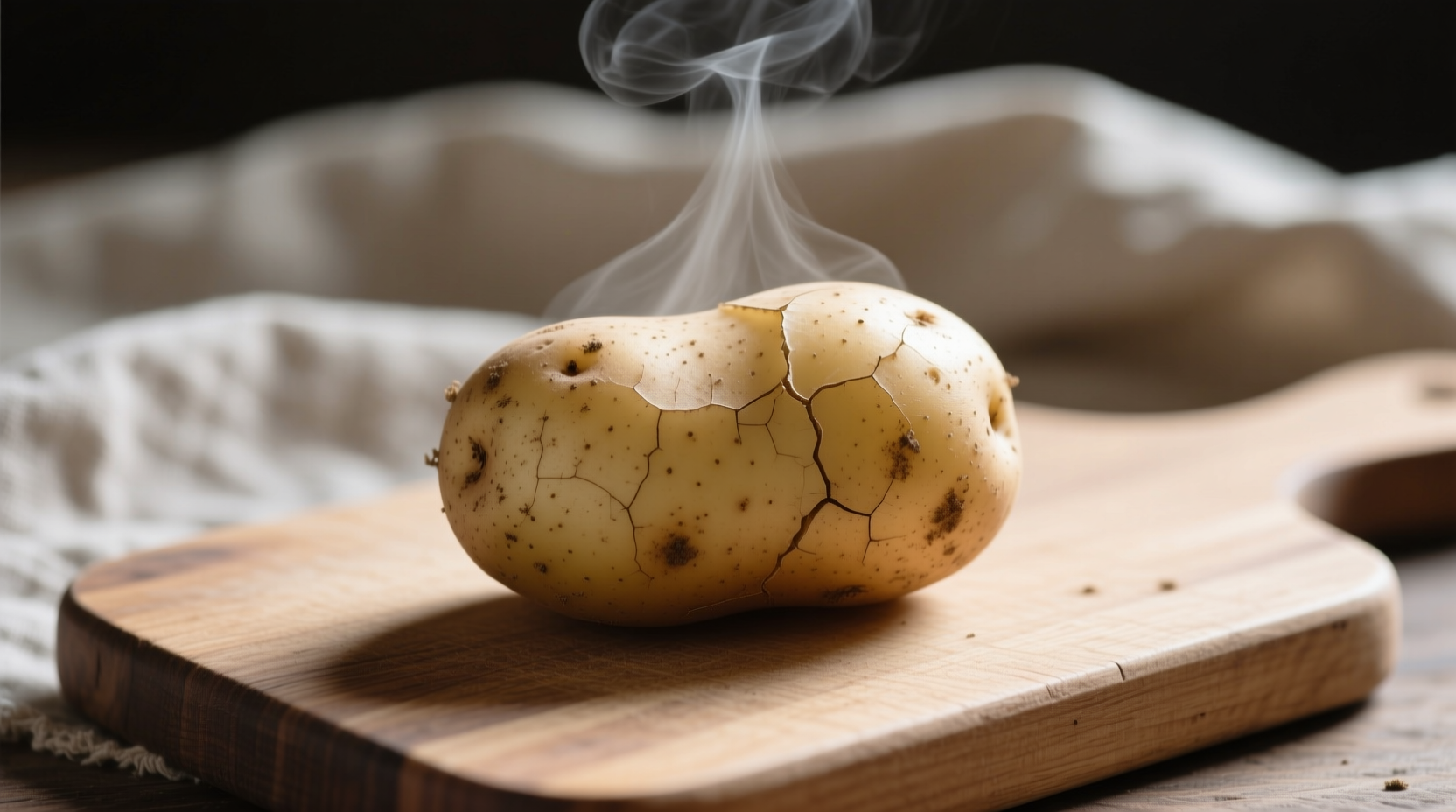The Complete Guide to Perfectly Boiled Potatoes
Boiling potatoes seems simple, but getting consistently perfect results requires understanding the science behind the process. Whether you're preparing potatoes for potato salad, mashed potatoes, or a simple side dish, these evidence-based techniques will transform your results from hit-or-miss to reliably excellent.
Planning Your Potato Boiling Project
Before you even touch a potato, proper planning sets the foundation for success. The right preparation prevents common pitfalls that lead to disappointing results.
Selecting the Ideal Potato Variety
Not all potatoes behave the same when boiled. Understanding starch content is crucial:
| Potato Type | Starch Content | Best For Boiling? | Texture After Boiling |
|---|---|---|---|
| Russet | High | No | Falls apart easily |
| Yukon Gold | Medium | Yes | Creamy but holds shape |
| Red Bliss | Low | Yes | Firm with waxy texture |
| Fingerling | Low-Medium | Yes | Holds shape perfectly |
According to agricultural research from the USDA Agricultural Research Service, waxy potatoes (like red bliss and fingerlings) maintain their structure better during boiling due to their lower starch content and higher moisture. These varieties contain approximately 16-18% dry matter compared to 20-22% in starchy varieties like russets.
Preparation Techniques That Make a Difference
How you prepare potatoes before boiling significantly impacts the final texture and flavor.
The Water Temperature Debate: Cold Start vs. Hot Start
Professional chefs and food scientists agree: always start potatoes in cold water. This allows for even cooking from the outside in, preventing the common problem of mushy exteriors with hard centers.
Science-backed salt ratio: Use 1½ tablespoons of salt per quart (liter) of water. Research from the University of Minnesota Extension confirms this concentration properly seasons the potatoes throughout while raising the boiling point slightly for more controlled cooking.
Cutting Strategies for Different Applications
- Whole potatoes: Best for small varieties (under 2 inches diameter), preserves nutrients and texture
- Even cubes: For salads or roasted after boiling, cut to uniform 1-inch pieces
- Rough chunks: Ideal for mashing, creates more surface area for cream absorption

The Boiling Process: Timing and Technique
Mastering the actual boiling process requires attention to detail and understanding what's happening chemically.
Understanding Starch Gelatinization
When potatoes heat in water, their starch granules absorb moisture and swell—a process called gelatinization. This occurs between 140-190°F (60-87°C). The key to perfect texture is stopping cooking just as gelatinization completes throughout the potato.
Precise Timing Guidelines
These times assume starting in cold, salted water brought to a gentle simmer (not rolling boil):
- Small whole potatoes (1-2" diameter): 15-20 minutes
- Medium cubes (1"): 10-15 minutes
- Large chunks (2"): 20-25 minutes
The FDA Food Code recommends cooking potatoes to an internal temperature of 205-212°F (96-100°C) for optimal texture. Use a paring knife or skewer to test doneness—there should be slight resistance in the center but no hard core.
Troubleshooting Common Boiling Problems
Even experienced cooks encounter issues. Here's how to solve them:
Why Potatoes Fall Apart When Boiled
This happens when:
- You're using high-starch potatoes like russets
- Water was too vigorously boiling
- Potatoes were stored improperly (too warm or cold)
Solution: Choose waxy varieties, maintain a gentle simmer (small bubbles rising slowly), and store potatoes in a cool, dark place (not the refrigerator) before cooking.
Preventing Mushy Potatoes
Overcooking is the primary culprit, but these factors also contribute:
- Starting with hot water instead of cold
- Not salting the water properly
- Using potatoes that were previously frozen
Pro tip: Drain potatoes immediately when done and let them sit in the colander for 2-3 minutes to evaporate excess surface moisture, preventing continued cooking.
Storage and Best Uses for Boiled Potatoes
How you handle potatoes after boiling affects their final application.
Cooling and Storage Guidelines
For potato salad: Cool completely at room temperature (no more than 2 hours) before refrigerating. The CDC food safety guidelines state cooked potatoes should be refrigerated within 2 hours of cooking and consumed within 3-4 days.
Best Applications by Potato Type
- Waxy potatoes (red bliss, fingerling): Potato salads, roasted after boiling, cold preparations
- Medium-starch (Yukon Gold): Mashed potatoes, soups, stews, gratins
- Avoid boiling starchy potatoes (russets): Better suited for baking or frying











 浙公网安备
33010002000092号
浙公网安备
33010002000092号 浙B2-20120091-4
浙B2-20120091-4